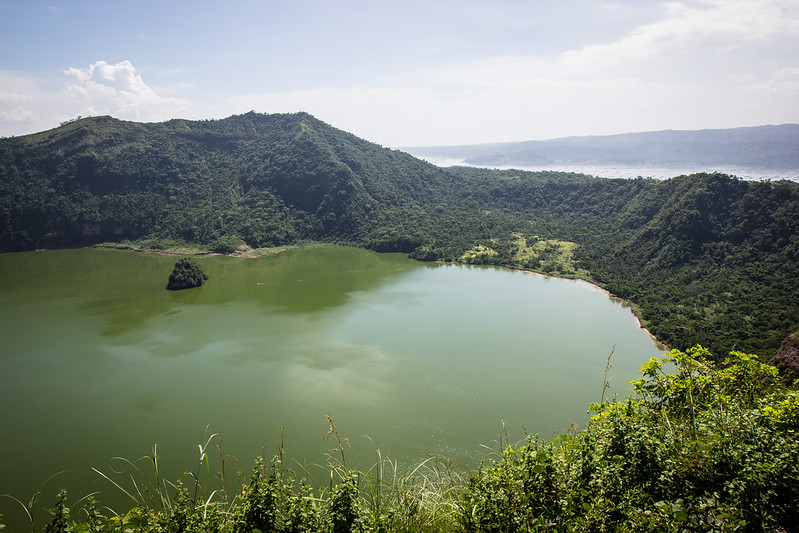How The Taal Volcano Eruption Affected Poverty In The Philippines
 The Taal Volcano eruption in January 2020 significantly impacted poverty in the Philippines, most notably in the Batangas province where the active volcano is. The eruption caused widespread damage to homes, livelihoods and infrastructure, with vulnerable communities taking the most hit.
The Taal Volcano eruption in January 2020 significantly impacted poverty in the Philippines, most notably in the Batangas province where the active volcano is. The eruption caused widespread damage to homes, livelihoods and infrastructure, with vulnerable communities taking the most hit.
Per the Philippine Statistics Authority (PSA), poverty in the Batangas region affects 10.2% of the population, which translates to 1.68 million Filipinos who cannot meet “basic food and non-food” needs. Poverty incidence among families stood at 7.2% of the population or 296 thousand families.
Agriculture and Tourism
In 2020, the Department of Agriculture revealed the damages to the agricultural sector reached approximately $54 million, affecting 15,790 hectares of farmland. The loss of money was attributed to the destruction of crops, farm infrastructure and displacement of livestock. Unfortunately, setbacks in the agricultural sector put vulnerable rural communities and workers in the Batanga province at risk.
The Taal Volcano is a popular tourist destination and the eruption in 2020 led to the closure of the area to tourists, resulting in a decline in tourism and tourism-related businesses. Tourism sites within a 14-kilometer zone suffered an estimated damage of $1.5 million and an estimated loss of $2.1 million. The Taal volcano eruption affected poverty and tourism in the area for many years to come.
Vulnerable Communities
Exposure to volcano smog (sulfur dioxide gas emissions) can cause symptoms such as irritated/swollen eyes and irritations to the throat. Those with pre-existing health conditions, the elderly, pregnant women and children were most susceptible to its effects. It affected 736,000 people in the Calabarzon region, Central Luzon region and the National Capital regions, and this led to an “evacuation of more than 135,000 residents due to infrastructure and disruption of essential resources and services such as water, food supplies and education.” The displacement and consumption of dangerous gasses have impacted families’ livelihoods and income as well as increasing respiratory problems and malnutrition among the most affected.
Foreign Aid
The Japanese Government donated 425 metric tonnes of rice to the National Food Authority (NFA) to assist those who the natural disaster affected. This is following Japan’s donation of 560 metric tons of rice in 2019 after the Philippines experienced Typhoon Jenny.
The United States Agency for International Development (USAID) provided $100,000 in humanitarian support, providing soap, toothbrushes, sleeping mats and blankets for 7,600 displaced residents that were staying at evacuation centers in the Batangas province.
Following the 2020 volcanic eruption, the EU announced a donation of €750,000 to provide humanitarian aid to the Batangas province. With over 931,400 residents in the area the EU’s donation funded the Spanish Red Cross which delivered immediate support through emergency shelters, essential items, hygiene kits and access to clean water. This was alongside psychosocial support services and child protection activities.
Looking Ahead
In the face of the devastating Taal Volcano eruption, international aid and support from countries like Japan, the United States and the European Union have played a crucial role in providing relief to affected communities in the Batangas province. Donations of rice, humanitarian supplies and financial assistance have helped address immediate needs and support the recovery process. These acts of solidarity demonstrate the power of global collaboration in alleviating poverty and rebuilding lives in the aftermath of natural disasters.
– Joshua Rogers
Photo: Flickr
